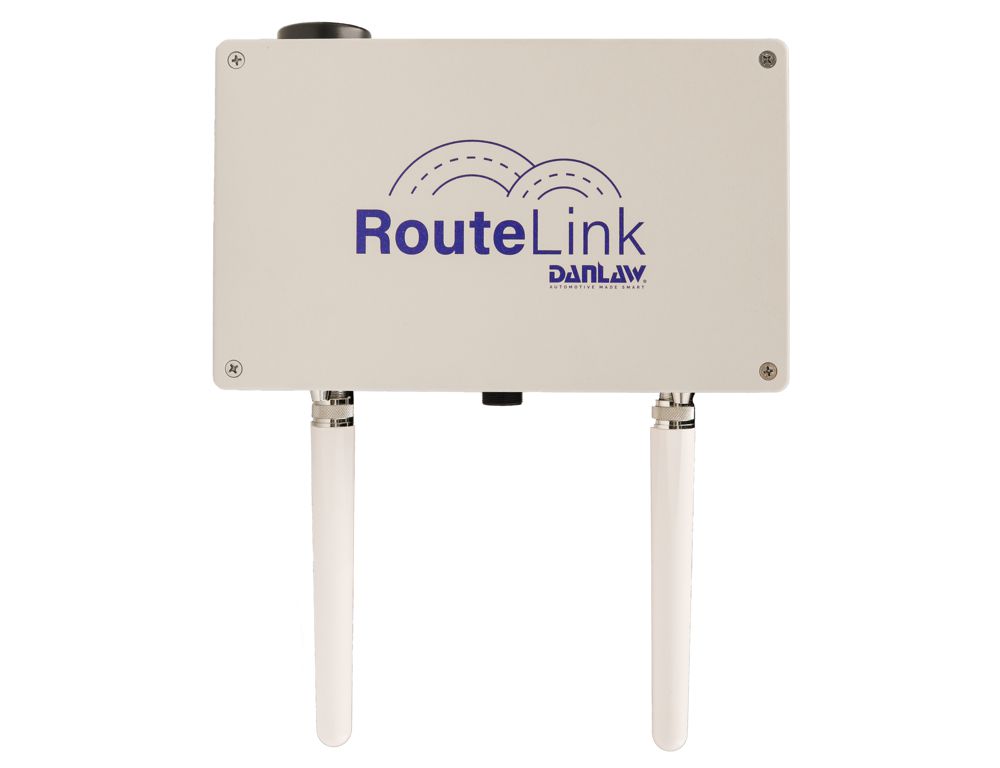24×7 connectivity key to ensure safety and traffic control in intelligent transport projects
We might be some time away from highways full of completely autonomous vehicles and intelligent transport, but the foundations for connected transportation are already deployed and in full working order in some forward-looking cities.
Every year more and more vehicles are introduced to the world’s road infrastructure at an alarming pace. In the UK there were 38.4 million vehicles licensed for use on the roads at the beginning of 2019, while in the US the number of road vehicles recently reached a record level of almost 253 million, an increase of 1.5% over 2018.
With the pace of road construction struggling to keep up, it’s inevitable that alternatives to keep road users safe and traffic flowing are needed. Fortunately, this has been recognised by governments and car manufacturers alike.
The rise of the ‘connected car’
Automotive manufacturing has taken great strides in recent years, and not just with electric vehicles and alternative fuel options. Connected cars are part of the intelligent transport, driven by the rapid growth of ‘the internet of things’, a term used to describe everyday objects that can be connected to the internet in an attempt to make our lives easier.
There are many connected cars already on the market which take advantage of the proliferation of devices that are linked to road use today. We aren’t just talking about smart phones, satellite navigation and in-car Wi-Fi – we’re talking about devices that are revolutionising road safety and dramatically improving traffic management.
Connectivity revolutionising road safety
The most advanced cars are fitted with a device which identifies potential threats to road user safety called onboard units (OBUs). When linked with roadside infrastructure, a network is created that communicates critical updates instantly with the driver of a vehicle – including audio or visual alerts for many vehicle-to-infrastructure (V2I) events, such as a red-light violation warning, road condition updates, or curve speed warnings.
The U.S. Department of Transportation (USDOT) has already made great headway in multiple smart highway and connected vehicle projects. These highway projects include the deployment of smart roadside units (RSUs), which have become a core component in several connected vehicle programmes to improve safety and reduce congestion in urban environments.
Communications becomes mission critical
But in order to link OBUs and RSUs, the right communications infrastructure is vital. As more road users rely on their cars to communicate road conditions, a connectivity failure could significantly jeopardise safety and render intelligent transport pretty unintelligent.
One of the most prominent and successful communications options available to car manufacturers and highways agencies is Dedicated Short-Range Communications (DSRC). DSRC is used by OBUs in equipped vehicles to communicate with RSUs. DSRC uses a licensed spectrum (5.9 GHz) wireless communications to send and receive WAVE Short Message Protocol (WSMP) or internet protocol version 6 (IPv6). It is a low latency communication method, with a range of approximately 300 meters.
DSRC is supported by the U.S. Federal Highway Administration (FHWA)—and has recently been used as part of Nevada Department of Transportation “Weather savvy roads” initiative. The goal was to improve safety, reliability, and mobility of Nevada’s road system during winter weather events. Throughout its work on the programme, the Nevada DOT has tested and developed communication technology for transmitting road weather observations.
The conclusion was that DSRC, RSUs and OBUs should be deployed for driver safety and the dissemination of information to drivers. The programme was also seen to provide a cost-effective solution to augment existing remote communication solutions to ensure the Nevada Transport Management Center receive accurate and up-to-date information about road and atmospheric conditions.
Case in point – Proven technology saving lives
We have first-hand experience of these developments at GTT Wireless. Our industry partner Danlaw is a global leader in connected car, intelligent transport and automotive electronics, and its experience in intelligent transportation systems is huge. Danlaw is one of the biggest suppliers of DSRC hardware and software in the United States, supporting multiple smart vehicle initiatives. In 2015 Danlaw was awarded a grant by the U.S. FHWA to develop the Next Stage Certification Environment for connected vehicle technology.
The company’s RouteLink RSU facilitates communication with roadside infrastructure, such as traffic signals or crosswalks. The device identifies potential threats and uses DSRC to transmit critical safety messages to vehicles equipped with OBUs.
One of the key pilots Danlaw is currently progressing is traffic signal preemption for emergency vehicles. RSUs at traffic intersections communicate with an OBU on emergency service vehicles to allow quick and safe passage on a determined route. Early trials have been highly successful and Danlaw has already received a letter from one U.S. fire chief attributing traffic signal preemption as a key factor in saving a woman’s life in an emergency.
Maintaining connectivity, whatever the weather
New RSU 4.1 specification requires that this equipment must survive the harshest of roadside conditions such as extreme temperatures, vibrations, rain, wind, salt spray and more – this meant the choice of communication antenna was crucial for Danlaw.
After a comprehensive review, the Danlaw team selected a DSRC Antenna from GTT Wireless. The GTT Wireless antenna is IP67 rated, UV resistant and incorporates weatherproof N-type plugs to ensure antenna installation does not introduce hardware vulnerability to harsh conditions – keeping drivers safe and traffic flowing in even the harshest conditions.
The future of smart highways and intelligent transport systems – next stop 5G
With research showing the installed base of vehicle-to-everything (V2X) equipped vehicles will reach six million by 2022, there are more boundaries to be pushed to support effective on-board and roadside communications. The next step will be harnessing the potential of 5G connectivity in Cellular-V2X technology to further improve automotive safety, automated driving and traffic efficiency.
One thing’s for sure, as our highways and cars become more connected than ever before, effective communications will only become even more mission critical.























